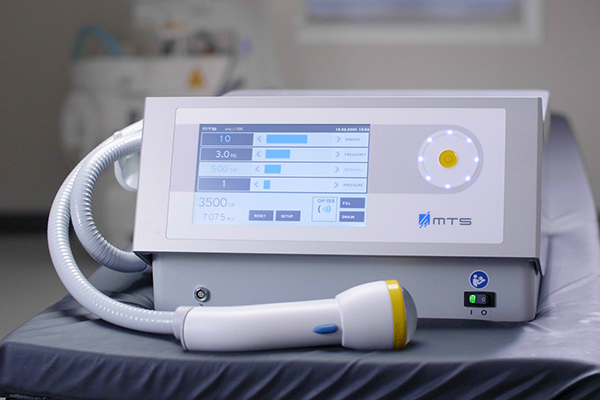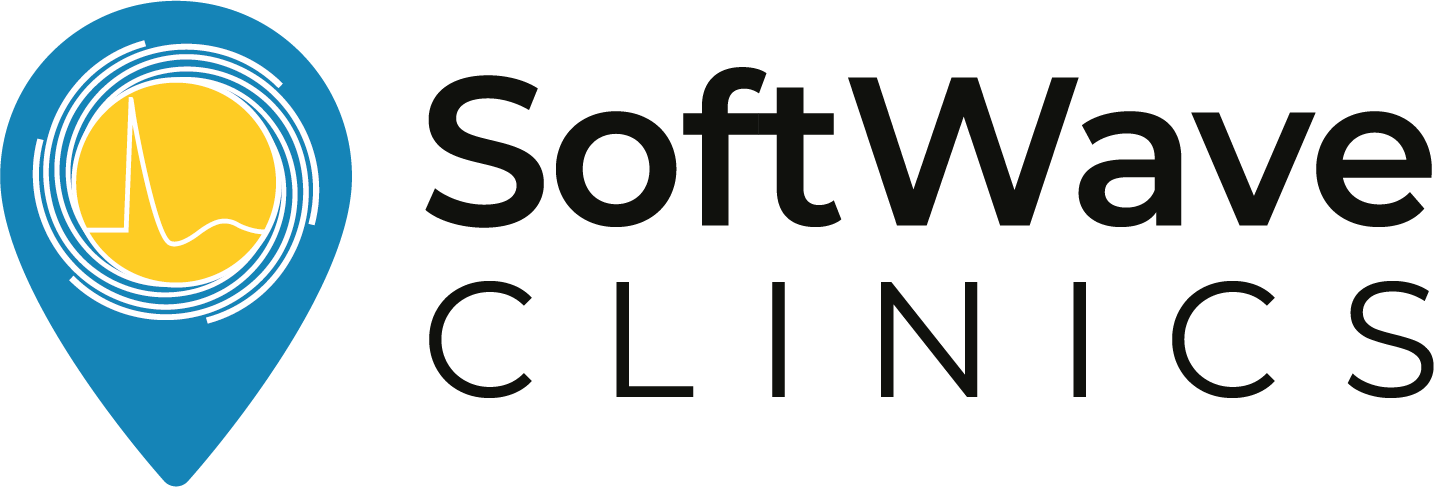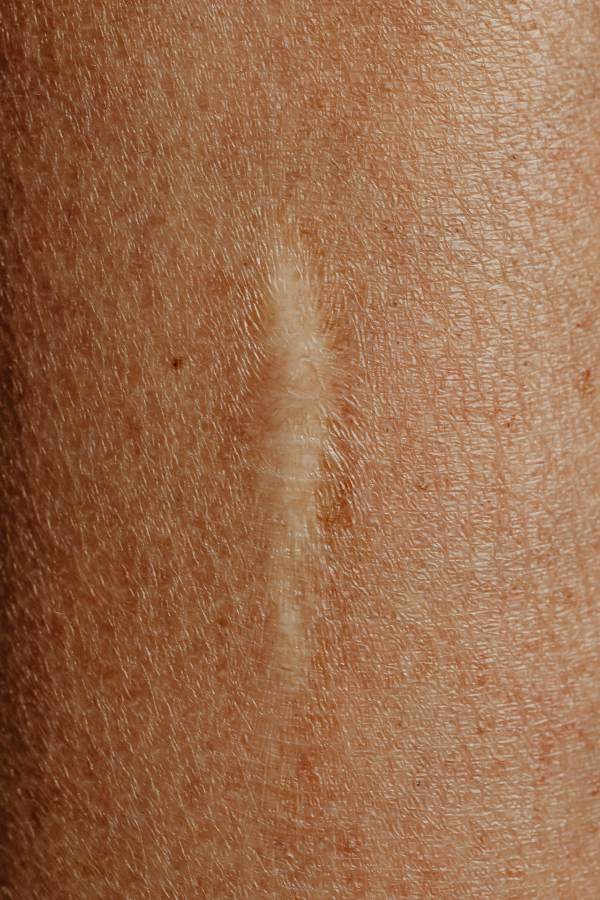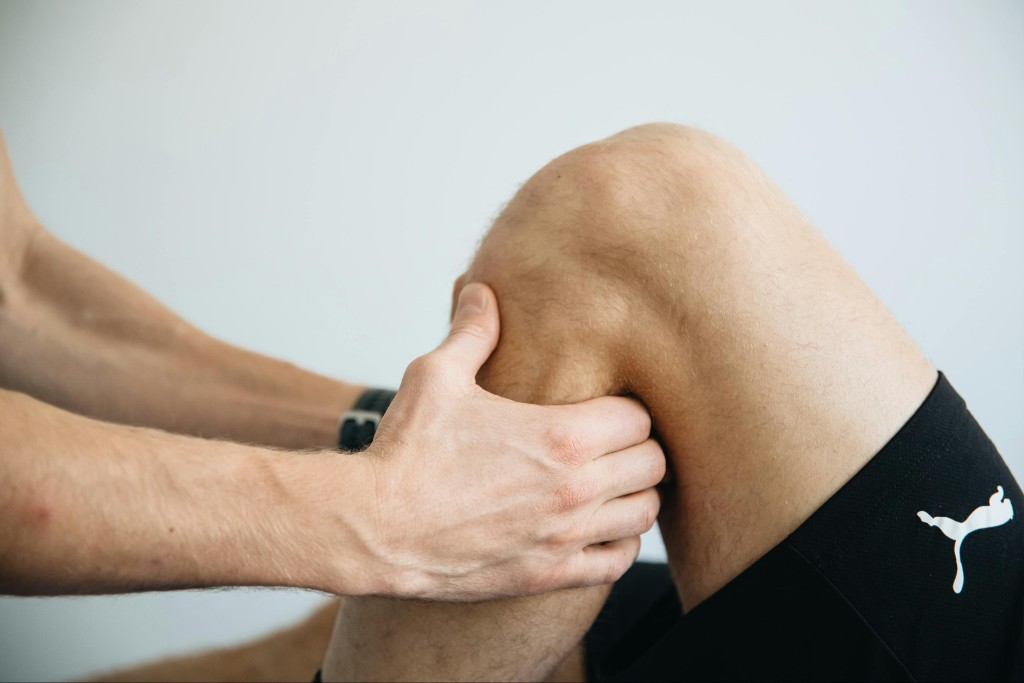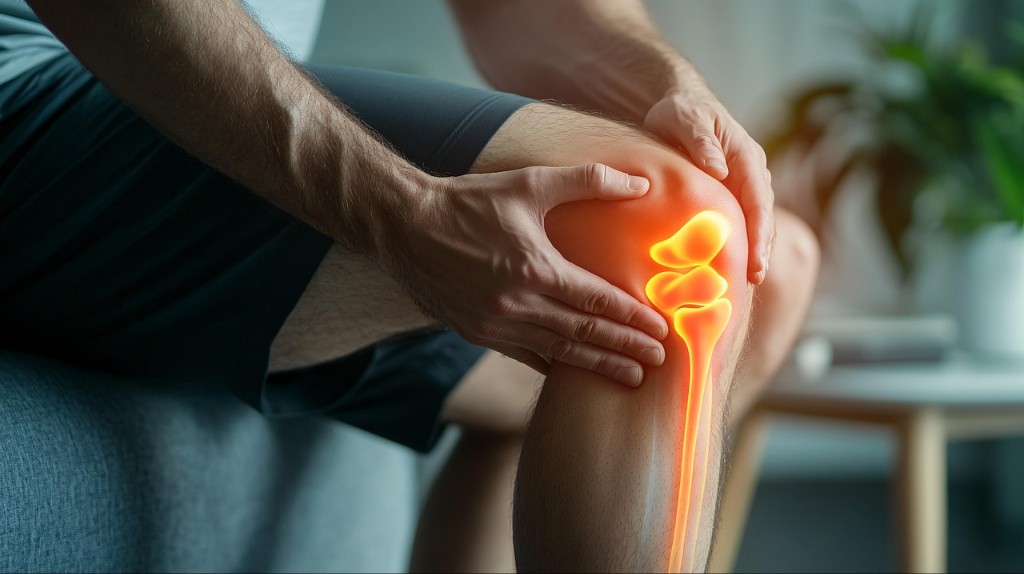Experiencing peroneal tendon subluxation can be both painful and limiting. The discomfort, coupled with the challenge of finding effective treatment, often leads to frustration. If you’re looking for peroneal tendon subluxation treatment without surgery, you’ll be relieved to know that there are effective, non-invasive options designed to reduce pain and help restore mobility.
Treatments like SoftWave® Therapy offer a promising solution, helping you manage discomfort and get back to your routine without the need for surgery.
What is Peroneal Tendon Subluxation and Its Causes?

Peroneal tendon subluxation—also known as dislocation of the peroneal tendons—occurs when the peroneal tendons, located along the outer ankle, slip out of their normal position behind the fibula. These tendons are key in stabilizing the ankle and facilitating foot movements. When displaced, they can cause pain, swelling, and a snapping sensation over the bone.
This condition often results from injuries, overuse, or anatomical variations compromising the structures holding the tendons.
Factors That Increase the Risk of Peroneal Tendon Subluxation
Several factors can contribute to peroneal tendon subluxation. These are some of the most common:
- Ankle Sprains: Repeated ankle sprains can stretch or tear the tissue that normally keeps the peroneal tendons in place. Once that support weakens, the tendon can slip out of its normal groove.
- Shallow Retromalleolar Groove: Some people are born with a flatter or shallower groove behind the ankle bone. This can make the tendons more likely to shift out of place.
- Connective Tissue Conditions: If you have a condition that affects joint stability or tissue elasticity, you may be more prone to tendon subluxations and other joint issues.
- Sudden Movements or Trauma: Sports injuries or accidents that involve sharp twisting of the ankle can instantly cause a subluxation or increase the risk of one developing later.
Symptoms of Peroneal Tendon Subluxation
Peroneal tendon subluxation presents various symptoms that can vary in intensity and affect daily activities. Understanding these symptoms can aid in early detection and treatment.
- A snapping or popping sensation on the outer ankle
- Pain behind the ankle when weight-bearing
- Swelling and tenderness in the affected area
- A feeling of ankle instability or weakness, especially on uneven surfaces
- Difficulty walking or running due to discomfort or fear of tendon displacement
Is Non-Surgical Recovery from Peroneal Tendon Subluxation Possible?
Yes, it is possible to improve or even fully recover from peroneal tendon subluxation without undergoing surgery, especially when the issue is caught early. Conservative treatments are often the first approach, and many people respond well to non-invasive care. Options like physical therapy, bracing, and activity modifications can provide relief, but they don’t always stimulate the kind of deep healing your body may need.
That’s where regenerative therapies come into the picture. Instead of simply managing the discomfort, these approaches help your body heal from within. One of those therapies, known for its impact on musculoskeletal pain and recovery, is SoftWave Therapy.
How SoftWave Therapy Supports Peroneal Tendon Subluxation Recovery
SoftWave Therapy offers a non-invasive approach to treating peroneal tendon subluxation by utilizing acoustic waves to stimulate the body’s natural healing processes. This therapy enhances blood flow, activates cellular activity, and promotes tissue regeneration, which collectively work to modulate inflammation and alleviate pain. By targeting the affected area, SoftWave Therapy addresses the underlying causes of tendon instability, aiming to restore ankle stability and function without surgical intervention.
Each SoftWave session typically lasts between 5 and 15 minutes, depending on the specific condition and area being treated. Most patients experience minimal discomfort during the procedure and can resume their normal activities immediately afterward. The number of sessions required varies, but many individuals report noticeable improvements after just a few treatments. For those seeking an alternative to surgery, SoftWave Therapy presents a promising option to support recovery and enhance mobility.
To learn more, visit Shockwave Therapy for Foot Pain.
Key Benefits of SoftWave Therapy for Peroneal Tendon Subluxation
Implementing SoftWave Therapy for Peroneal Tendon Subluxation offers several benefits that include:
- Targeted Treatment: SoftWave Therapy is applied to the foot, around the peroneal tendons. This targeted approach combined with the broad-focused technology of SoftWave, helps maximize the effectiveness of the therapy, providing relief where it is most needed.
- Pain Management and Tissue Healing: The therapy effectively manages pain by reducing tendon inflammation and initiating the healing process, stimulating the body’s own repair mechanisms, which is crucial for healing damaged tendon tissues.
- Customized Treatment Intensity: The intensity of SoftWave Therapy can be adjusted according to each patient’s specific needs and tolerance levels. This personalized approach ensures that the treatment is both comfortable and effective.
- Effective Pain Relief: Patients often experience significant reductions in pain and discomfort following SoftWave Therapy, allowing them to engage in daily activities more easily.
- Restored Functionality: As the peroneal tendons heal and inflammation decreases, patients typically notice an improvement in ankle stability and mobility.
- Non-Invasive and Safe: SoftWave Therapy offers a significant advantage by being completely non-invasive, eliminating the risks associated with surgical procedures and requiring no downtime.
- Accelerated Healing: SoftWave Therapy helps injuries heal faster by improving blood flow and stimulating the body’s natural repair mechanisms. Many patients report noticeable improvements within a few sessions.
- Stem Cell Activation: SoftWave Therapy triggers the release and activation of the body’s own stem cells, an advanced biological response that supports tissue regeneration and recovery.
Comparing SoftWave Therapy to Traditional Treatments for Peroneal Tendon Subluxation
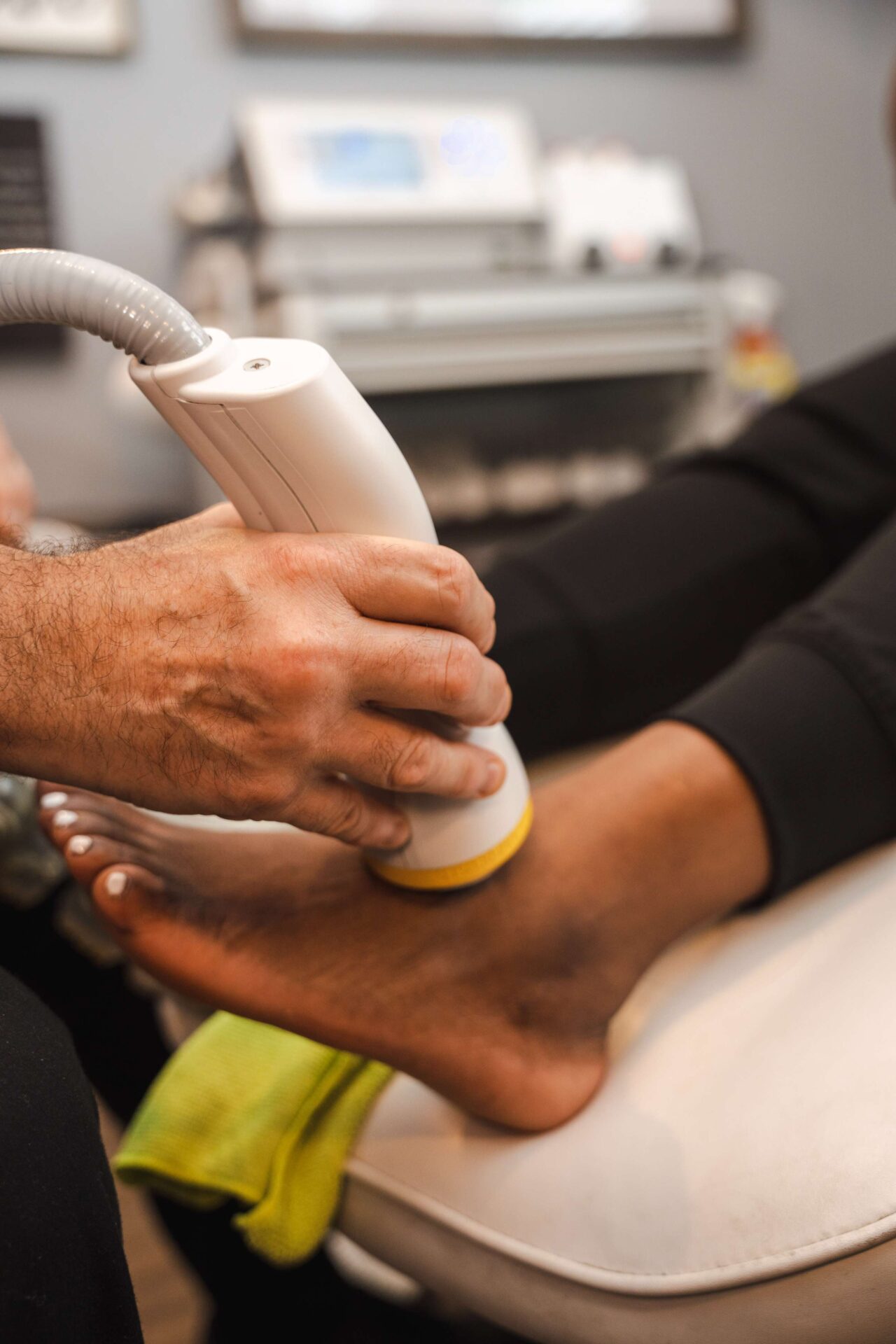
Traditional non-surgical treatments for peroneal tendon subluxation include physical therapy, bracing, and anti-inflammatory medications. While these methods can be effective, they often require extended rehabilitation periods and may not address all aspects of the condition.
SoftWave Therapy offers a complementary approach that targets the root causes of tendon instability, potentially leading to faster and more comprehensive recovery. By promoting tissue regeneration and reducing inflammation, this therapy can enhance the outcomes of conventional treatments.
Modulate Peroneal Tendon Subluxation Symptoms With SoftWave
Managing peroneal tendon subluxation without surgery is achievable through a combination of targeted therapies and lifestyle modifications. SoftWave Therapy stands out as a promising option that addresses the condition’s underlying causes, promoting healing and restoring function. For those seeking an effective, non-invasive solution, exploring SoftWave Therapy could be a significant step toward regaining mobility and improving quality of life.
The Best Shockwave Therapy for Foot Pain
Are you looking for safe, reliable, and effective relief from foot pain?
SoftWave therapy is FDA-cleared, patented, and nationally recognized for its leading tissue regeneration technology. Unlike other types of high-energy shockwave treatments, SoftWave is the only shockwave therapy on the market that uses true broad-focused shock waves that treat larger and deeper areas of tissue.
Thousands of patients have experienced the benefits of SoftWave for foot pain, including:
- Little to no side effects
- Short treatment time
- Quick recovery
- Long-lasting results
Find a SoftWave Therapy provider near you or learn more about SoftWave and whether or not you’re eligible for full treatment today!
New Patient Special
Try SoftWave for just $69 at a clinic near you and learn if you’re a candidate for full treatment
